Does your quest for “happiness” fail you?
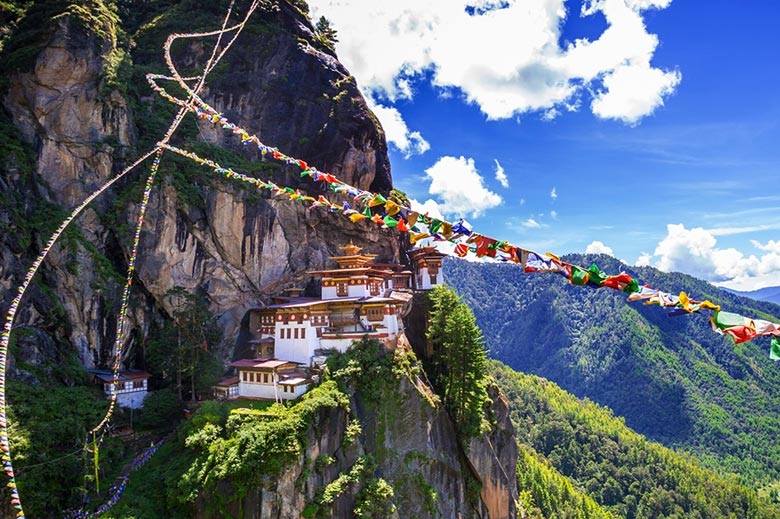
High up in the Himalayas surrounded by forested mountains, snow-melt rivers and a culture steeped in Buddhist values, is the world’s last Shangri-La, the Kingdom of Bhutan.
A country that measures success in terms of the happiness of its people, it invented the concept of “Gross National Happiness.”
What is happiness? In her book, ‘The How of Happiness,’ Sonja Lyubomirsky describes it as, “the experience of joy, contentment, or positive well-being, combined with a sense that one’s life is good, meaningful, and worthwhile.” In his book, ‘Before Happiness,’ Shawn Achor describes happiness as “the joy one feels striving for one’s potential.” His Holiness the 14th Dalai Lama of Tibet, the spiritual leader of Buddhists, believes we must go back to our basic human values of compassion and warm-heartedness. Warm-heartedness brings out our inner strength and self-confidence. It enables us to be honest and transparent, which attracts trust and friendship. And when compassion and warm-heartedness are directed towards others, we feel happy.
Happiness is a state of inner fulfillment.
Matthieu Ricard, Buddhist Monk
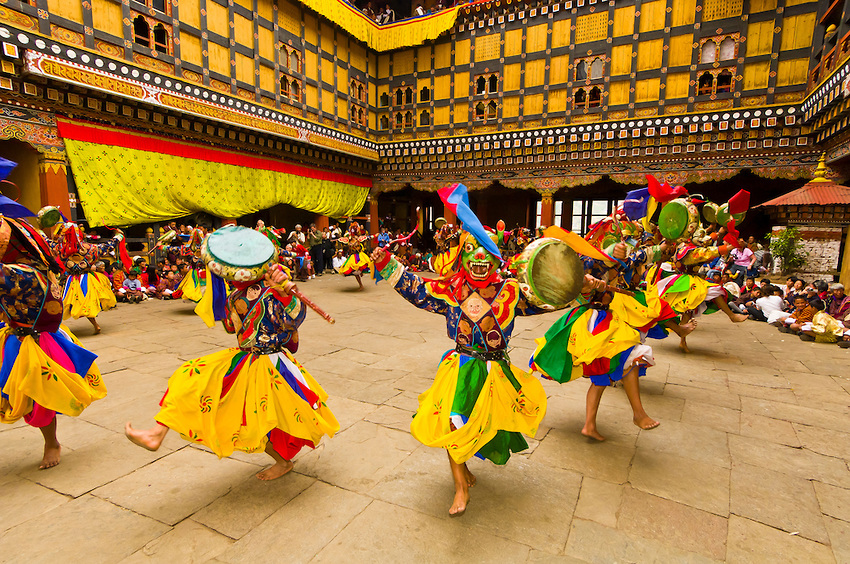
This definition is true for me. Having started on the journey of TravelMyHeart, I must admit I don’t feel happy every day; but I do feel fulfilled. I feel fulfilled when I look into the eyes of my customers, each with the courage to follow their bliss, however challenging the journey. With every conversation, something stirs deep in me; My compassion and warmth flow. I know I want to be of service to these bold and honorable people, who have themselves taken the road not taken, to give us the joy of travel; new vistas which forever change our lives.
Happiness is misleading, for it suggests continuous chirpiness and joy, whereas fulfillment seems compatible with a lot of pain and suffering, which every decent life must by necessity have.
Alain de Botton
The Ancient Greeks did not believe that the purpose of life was to be happy; they proposed that it was to achieve Eudaimonia or ‘fulfillment.’ Fulfillment allows us to free ourselves from the expectation that everyday is a walk in the park; instead it allows us to embrace failure and sorrow, as being important for a life well-lived.
I firmly believe that any man’s finest hour, the greatest fulfillment of all that he holds dear, is that moment when he has worked his heart out in a good cause and lies exhausted on the field of battle – victorious.
Vince Lombardi
The Last Shangri-La: Bhutan’s Must-Not-Misses
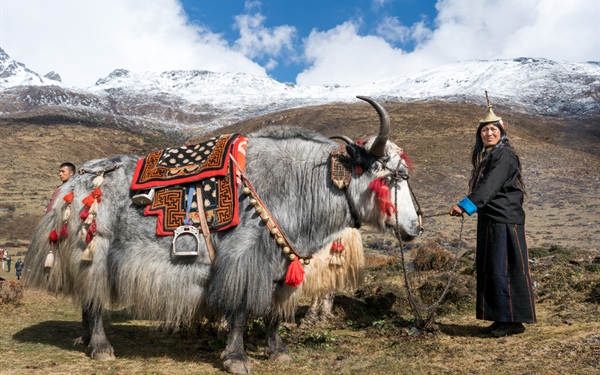
Royal Highlander Festival
A once-in-a-lifetime experience, the Royal Highlander Festival brings together the nomadic people living in the high mountains of Bhutan. The festival showcases yaks with traditional decorations, traditional poem recitations, horse races, local traditional crafts exhibitions, photo exhibitions, dog shows, strongman contests, dances and other cultural shows. If you’re fit, join the community in the Snowman Run, a 26-kilometer race from Gasa to the Royal Highlander Festival grounds in Laya. Started by His Royal Highness King Jigme Khesar Namgyel Wangchuck to promote highland culture and to improve the area’s economy, the Royal Highlander Festival is a hearty display of what life is like in the high Himalayan mountains. The King of Bhutan himself attends the festival along with other members of the royal family. The Royal Highlander Festival takes place in Laya, a remote, highland village located at an elevation of 12,500 feet, and enjoys one of the most scenic locations for a festival. There are no motorable roads to Laya and the only way to get there is by a difficult trek for 2 days from the village of Gasa or by helicopter. The festival grounds are at an elevation of 13,100 feet, an hour-long walk from Laya.
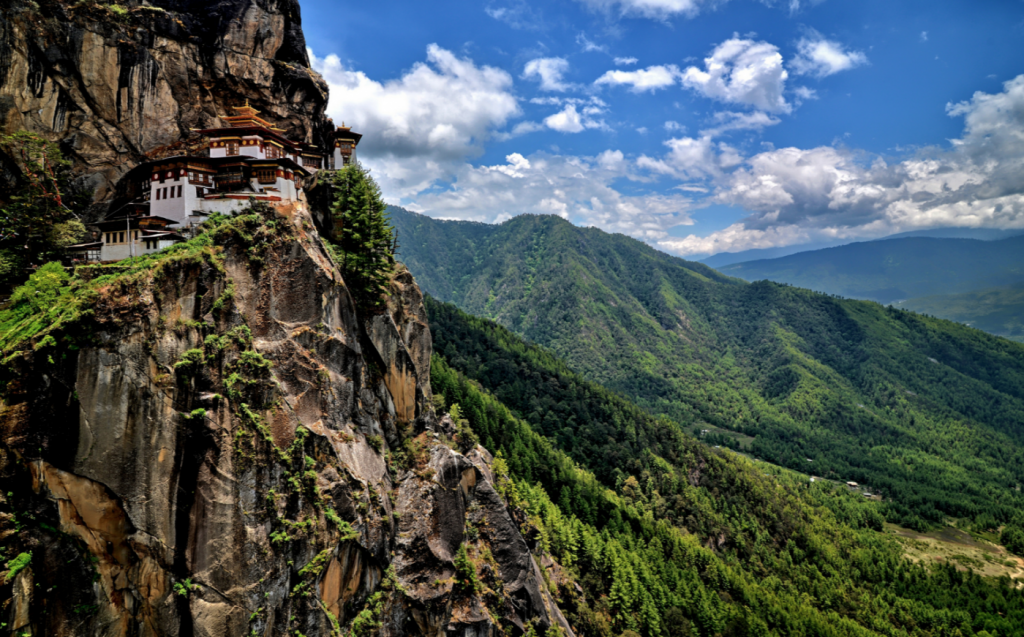
Tiger’s Nest Monastery
Clinging to a sheer cliff face at an elevation of 10,232 feet and overlooking the spectacular Paro valley, Taktsang Lhakhang or Tiger’s Nest Monastery is among the most iconic sites in Bhutan. The well-maintained trail to the monastery ascends, then descends, and then ascends again. The ascent is via a wide path through the forest. The descent is a short walk down a stone staircase. You will cross a bridge over a waterfall covered in prayer flags, and then make a slightly strenuous climb up to the monastery. As you make your way to the monastery, there are several viewpoints along the way including one at a lovely cafeteria where you can enjoy lunch or tea and take in the views. The monastery was built in 1692 at the site of a cave where Guru Rinpoche is thought to have meditated here in the 7th century AD. Guru Rinpoche also known as Padmasambava spread Buddhism throughout Bhutan and Tibet, and is revered just as much as the Buddha himself. The monastery consists of four temples with residential accommodations for the monks. The buildings are connected by staircases with steps carved into the rock. You can also visit the caves in the monastery. Despite daily visits by tourists, it still functions as a monastery today.
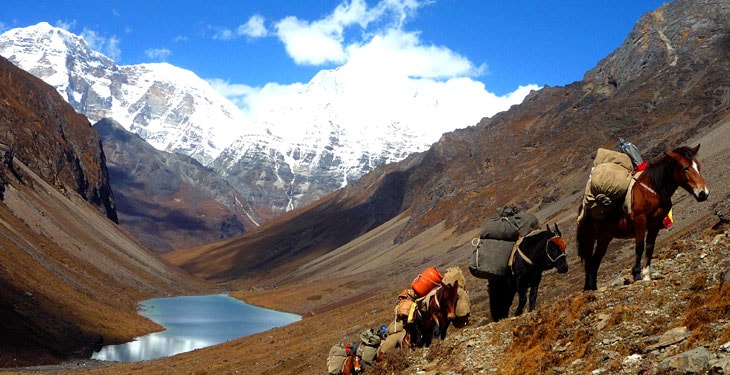
Jigme Dorji National Park
With an area of 4,316 square kilometers, Jigme Dorji National Park is unusual in that it was here that tigers were first sighted above 4,000 meters sharing habitat with snow leopards. The park stretches from warm broad-leaf forests to permanent ice fields and glaciers. Sacred peaks such as Jomolhari at 24,000 feet, Tsherimgang and Jichu Drakey are prominent landmarks in the park. Glaciers and glacial lakes are head waters for four major rivers including Pa Chhu, Wang Chhu, Pho Chhu and Mo Chhu. The alpine area houses numerous flowers such as Bhutan’s national flower, the blue poppy, edelweiss, orchids and rhododendrons among many others. Wildlife includes the Snow Leopard, Takin, Tiger, Black Bear, Blue Sheep and Red Panda. Two historic fortresses are found in the park including Lingzhi Yugyal Dzong and Gasa Dzong.
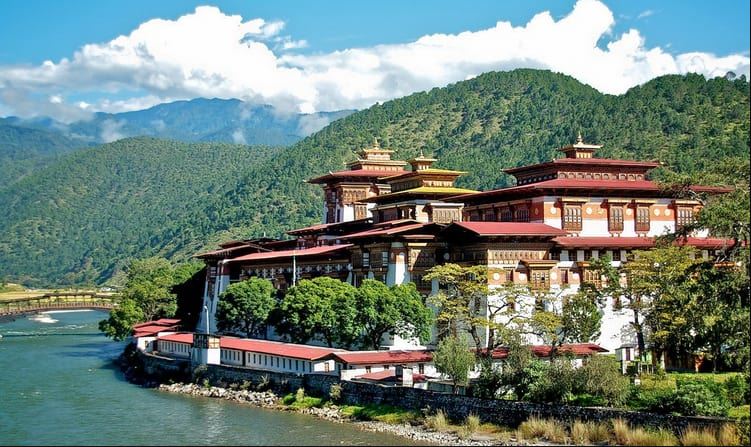
Punakha Dzong
Punakha was the capital of Bhutan from 1637 to 1907. Built in 1637, Punakha Dzong is a former fortress turned into an administrative center for the Bhutanese government. Also known as Punthang Dechen Phodrang or the Palace of Great Bliss, it is the second oldest dzong in Bhutan. Built without a single nail, it is considered to be Bhutan’s most majestic dzong with its ornate wood carvings and intricate paintings. In spring, lilac-colored jacaranda trees bring a lush sensuality to the dzong’s whitewashed walls. The dzong is still the winter residence of the Dratshang or the official monk body. All of Bhutan’s kings have been crowned here. His Royal Highness King Jigme Khesar Namgyel Wangchuck had his wedding here in 2011. The main courtyard houses a massive Bodhi Tree, a fig tree considered sacred to Buddhists. The dzong is located between the two major rivers in Bhutan, the Pho Chhu and Mo Chhu. Therefore the only way to access the dzong is to cross Bazam Bridge.
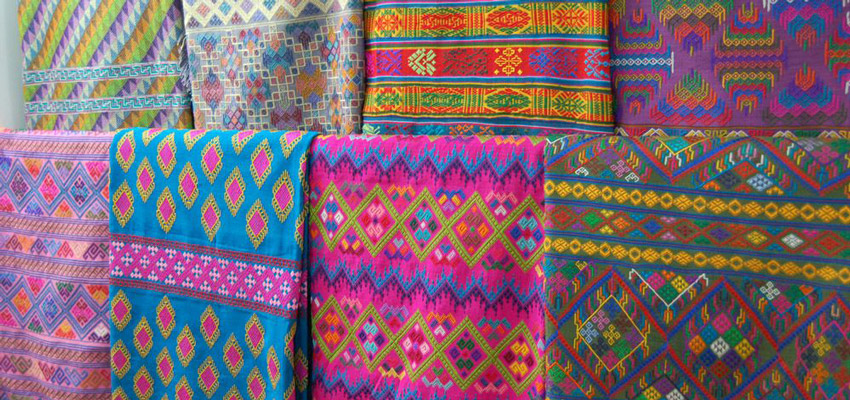
Traditional Textiles of Bhutan
“Kishuthara” is a silk weaving technique with intricate hand-laced patterns. Each piece has the signature of its weaver who designs patterns depending on the occasion that the kishuthara is to be worn at; as the occasions grow in importance, so do the intricacy and denseness of the patterns. The weaving can be so elaborate that it resembles embroidery. It is the most expensive textile in Bhutan and highly sought after by collectors. The Royal Textile Academy in Thimphu is a great place to view these gorgeous textiles from all over Bhutan. The academy also teaches dyeing techniques, weaving traditions and entrepreneurship.
Planning Tips
Best Time to Visit: In March, April and May, flowers such as rhododendron, wild azaleas, and edelweiss carpet the meadows. In June, July and August, flowers are in full bloom and the mountains are covered in green. In September, October and November, the landscape turns golden as fall colors light up the mountains.
Flying In: Paro International Airport is the only international airport in Bhutan. Landing here is an adventure in and of itself as pilots require special training to navigate the mountains and ridges.
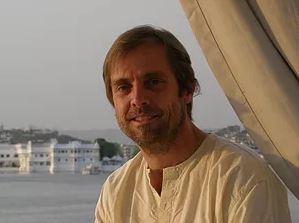
Requirements: Visitors are required to book their holiday through a licensed tour operator, which also takes care of visas. With the exception of visitors from India, Bangladesh and Maldives, all visitors require a visa. Further, the Bhutanese Government requires a minimum spend of USD 200 per person per night for the months of January, February, June, July, August, and December. The minimum spend is USD 250 per person per night during March, April, May, September, October, and November.
Steve Mannshardt of Magical Journeys Beyond offers custom-designed packages to fit your budget and needs. Contact him for a list of Bhutan’s must-not-miss experiences and for a no-obligation cost estimate.
Once a year, go someplace you’ve never been before.
His Holiness the 14th Dalai Lama of Tibet